Weidmüller Lighting protection
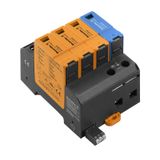





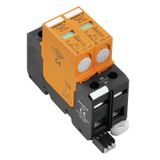
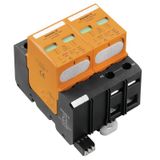
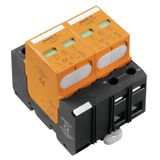
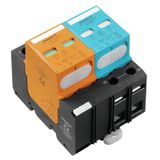

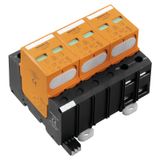
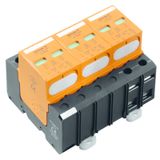
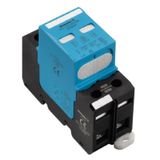
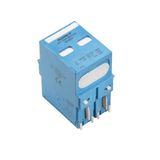
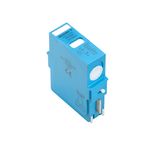
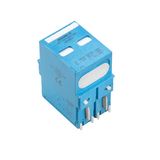
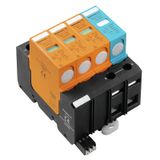

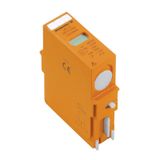


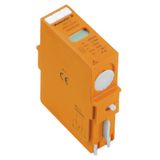
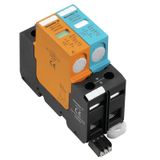


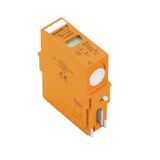
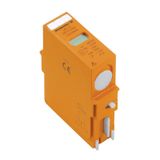


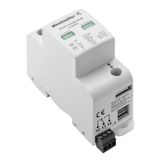


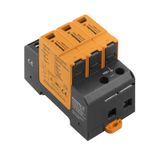
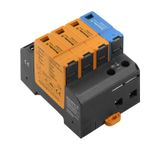

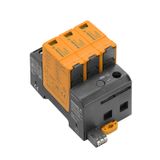
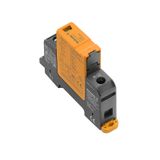
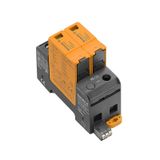
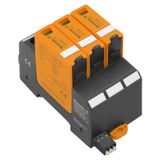
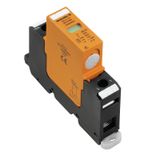




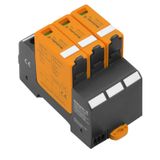
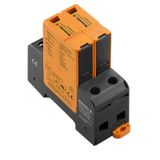
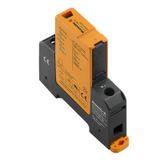
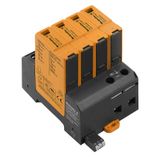

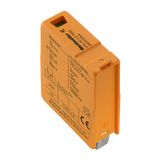
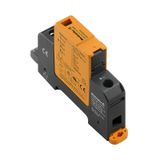
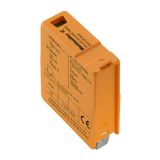
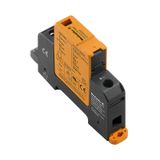



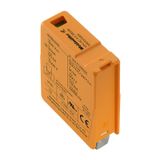
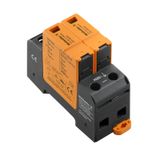
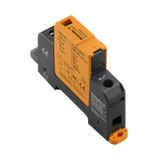
weidmuller lighting protection overview and range
This category keeps control panels, machines and building services safe when the grid or nearby switching throws voltage spikes at your equipment. Weidmüller structures the range around where the surge enters and how it’s discharged: mains-side Type 1 and Type 2 devices for incoming feeders, Type 3 point protection for sensitive loads, and signal/fieldbus/measurement line modules for 2-, 3- and 4-wire circuits. Typical buyers are panel builders, OEMs in packaging and process, facility MRO teams and EPCs who need consistent, replaceable modules with clear status indication and fast swap during maintenance.
weidmuller surge protection devices series and ratings
On the power side, choose combined arresters for service entrances and compact DIN-rail cartridges for sub-distribution. Modules come as single-pole, 3-pole and 3+N arrangements to match TN-S, TN-C-S and TT systems, with visual flags and optional remote contacts for SCADA tie-in. For I/O and comms, there are pluggable protectors for 4–20 mA loops, RTD/thermocouples, RS-485/Profibus and Ethernet—each tuned for bandwidth and let-through voltage. Most distributors stock the common 230/400 V AC variants plus 24 V DC signal modules; spare plug-in cartridges are sold separately for quick restoration after an event.
weidmuller lightning arresters selection for mains and signals
For sites with external lightning systems or overhead feeds, pick Type 1 spark-gap arresters with high impulse capacity at the main board. Downstream, Type 2 varistor stages limit residuals for subpanels and drives. Close to PLCs, Type 3 protectors clamp the final millimeters. On measurement lines, choose two-stage designs (gas discharge followed by fast TVS) so your analog accuracy stays intact while responses remain in the nanosecond range. Clear coding and keyed bases prevent cross-insertion—handy when teams are swapping parts under time pressure.
weidmuller overvoltage protection applications and compatibility
These protectors live anywhere downtime costs money: bottling halls, wastewater plants, HVAC rooftops, lifts, conveyors and skid packages. They sit neatly on TS35 rails alongside terminal blocks, PSUs and relays. Basket building is straightforward—pair with Weidmüller feed-through and PE terminals, 24 V power supplies, DIN rails, cable glands and marker systems. Add remote signaling to your maintenance input list so BMS/PLC can flag a spent module before it becomes a service call.
Key features and options
- Power classes: Type 1 for lightning currents at service entrances, Type 2 for distribution boards, Type 3 at the device.
- System fit: 1P, 2P, 3P, 3+N; UC ranges aligned to 230/400 V AC and 24/48 V DC.
- Replaceability: pluggable cartridges with mechanical status windows and optional remote contacts.
- Signal protection: variants for mA loops, RTD, TC, RS-485/Profibus, CAN, and Ethernet with PoE.
- Mounting: TS35 clip-in bases with captive terminals; clear labeling for circuit identification.
- Accessories: earthing bars, equipotential bonding clamps, marker tags, test plugs and spare cartridges.
Integration with other Weidmüller products
Use PE/earth terminal rails next to the SPD row for short, low-impedance bonding; keep green-yellow links under 0.5 m where possible. Power SPDs align with the same 45 mm device pitch as relays and PSUs, so panel layouts stay modular. Signal protectors share terminal geometry with sensor/actuator wiring blocks, which simplifies routing and marking. For enclosure entries, match with the brand’s EMC cable glands to keep shield continuity from gland to SPD to earth.
Selection criteria for B2B clients
- Threat level and location. High kA sites or overhead lines need Type 1 at the origin; indoor-only feeds often start at Type 2.
- System earthing. Choose 3P or 3+N based on TN-S vs TN-C-S vs TT—wrong topology drives nuisance trips.
- Continuous voltage UC. Pick UC above nominal to avoid thermal aging on 230/400 V grids or 24 V DC rails.
- Up and response time. Sensitive PLC/drive inputs benefit from low let-through voltage and fast TVS stages.
- Signaling needs. Remote contact versions pay back fast in multi-panel sites—maintenance sees failures instantly.
- Service model. Prefer pluggable cartridges if you want five-minute swaps during planned stops; keep two spares per board.
Advantages of working with Bankoflamps
You get individual B2B pricing, a personal account manager and real-time stock across EU warehouses. Quotes return in about an hour, with fast ordering by EAN/MPN and downloadable price lists that stay current. We track lead times and order status, provide purchase-history analytics and, for trusted clients, offer post-payment up to 30 days. Consolidated shipment management keeps freight down, with stable, date-valid pricing. We actively serve France, the Baltics, Germany, Spain, Italy, Belgium and the Netherlands.